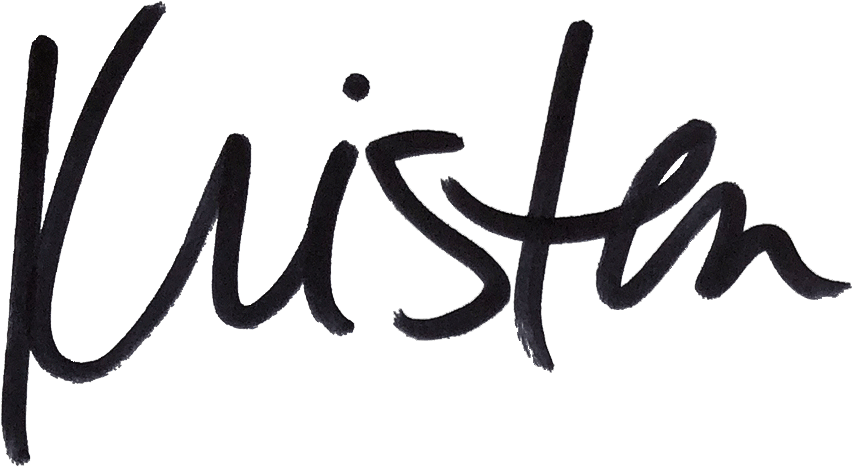While I absolutely love writing, I realize that many of you find it stressful and avoid putting pen to paper (or fingers to keyboard) like the plague. Today, let’s get rid of that writing angst and make your experience of writing for your business – whether headlines, newsletters, e-mails, blog posts, or website copy – less painful and more productive.
1. Figure out your genius time.
Everybody has a time in which they work optimally, and it will be harder than it has to be to get work done if you are aren’t taking advantage of your genius time. For me, between 8 am and about Noon is my genius time.
For those four hours, I can just bang stuff out and it’s easy. The minute my genius time passes, there’s a shift in my body. I can’t explain it clearly, but after Noon I enter into this crazy world where it’s hard to write, it’s hard to produce, and it’s hard to edit.
I’ve built my schedule around this idiosyncrasy, and my genius time is protected. After genius time, I can do social media or e-mail — any work that doesn’t require all of my brainpower.
When you’re writing, try to write during your genius time. If your genius zone is at 8 am and you’re writing at midnight, your efforts aren’t going to be nearly as effective. Writing is going to feel hard — much harder than it should be.
The same thing is going to apply if you’re perfect at 2 pm and you’re trying to write at 7 am; we need to acknowledge that our brains have cycles that they love to work in.
2. Time yourself.
Set a timer during your genius time to make writing happen. Give yourself 20 minutes and that’s it. Whatever it is that comes out, that’s what’s going to go onto the blog or the e-mail or the website.
I guarantee that you’ll be motivated and you’ll become much clearer in what you want to say. You have 20 minutes, make it work.
I call this The Tim Gunn Approach to blogging. It’s effective because you have no choice. You have 20 minutes and at the end of that, you’re going to have a blog post.
If twenty minutes isn’t enough or if you’re like, “This is so good that I’m going to start to work on a series,” that’s great. Set the timer for another 20 minutes. So long as you’re conscious of the timer, you’re really working. You’re not wasting any time up in your head telling yourself how terrible you are or muttering obscenities to yourself.
The time restriction helps you get in the zone – and, just like a workout, whether you are feeling it or not, you’re done after twenty minutes.
3. Save your moments of genius, no matter when they happen.
For example, let’s say you’re riding down the street and you see the most perfect vintage shop in the whole world. And that inspires you. It’s like, “Oh I want to do a post about shopping for vintage clothing for my portrait sessions.” Fantastic!
This is when having a smartphone works for you. This is when pulling over to the side of the road with a pen and paper works for you. This is when having a napkin from McDonalds works for you, if it has to come to that.
Make sure you record the moment of genius when it happens. Because thinking, “Oh yeah, I’ll remember that” doesn’t work.
You said that about that invention you dreamed about last month, and you said that about the promotion you thought of between yoga class and the grocery store. Heck, you said when you thought of the perfect thing to make for dinner tonight.
You won’t remember and you will be frustrated. Just make a note. I have those moments all the time in the shower, so it’s like I’m just prepared that I’m going to have to hold the thought until I get out of the shower and then I write it down.
Because I have notes, I’m also prepared to write during my twenty minutes instead of spending time thinking, “Holy hell, I have NOTHING to write about.”
I’ve Got Nothing To Write About Land is a tough place to be, and there’s no reason to linger there if you’re taking notes throughout your week as part of your routine.
There you go — less writing angst for all!
If you’d like to keep reading, I suggest 5 writing prompts to gather support for any project.




